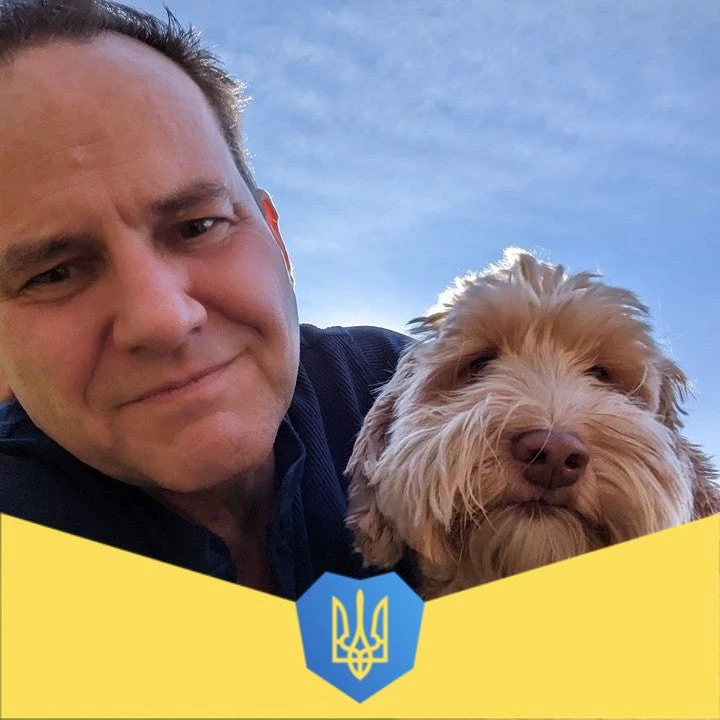 Seaweed. When I first heard about it, my inner bureaucrat voice made menacing sounds. The idea was to introduce seaweed cultivation to Nias Island, an island off the west coast of Sumatra. Nias, hitherto known only for surfing, does not yet have a seaweed industry. People on the coast are traditionally fishermen. What if the seaweed doesn't grow, or if the people there just don't want to try new things? It sounds risky.
Seaweed. When I first heard about it, my inner bureaucrat voice made menacing sounds. The idea was to introduce seaweed cultivation to Nias Island, an island off the west coast of Sumatra. Nias, hitherto known only for surfing, does not yet have a seaweed industry. People on the coast are traditionally fishermen. What if the seaweed doesn't grow, or if the people there just don't want to try new things? It sounds risky.
But luckily for the people of Nias, the inner bureaucrat was quickly silenced. The conditions there are simply fabulous for seaweed cultivation. Many factors come into play: wave action, light intensity, salinity, depth, and overall water quality. And Nias has it all. And seaweed production has low-cost inputs, making market entry relatively easy. Seaweed is in higher demand than you might expect, being used in areas as diverse as food processing and cosmetics. Another big plus is that it provides employment opportunities for women.
And the best thing of all is that some coastal communities were willing to give it a try. Our studies showed that it could be done, so how could we NOT do it?
Getting 1.3 tons of seaweed to Nias was a bit tricky. We flew in three promising seaweed species from Maumere and Bali. The seaweed was packed in crates and flown in through Medan, Indonesia's largest city in Sumatra. Here, our team experienced its first seaweed crisis: half the shipment disappeared somewhere at the Medan airport. It’s hard enough explaining seaweed purchases to accounting, but to lose a half-ton of the stuff would be a disaster. A story like that would be discussed by IFC staff in bars around the globe for years to come.
But luckily, we tracked the seaweed down, and it made its way to the village of Ladara on Nias island. There, with the help of two field facilitators and a visiting seaweed expert, 50 villagers learned how to tie it to lines and plant it in the water. Here our team had its second seaweed adventure. Some of the seaweed was not properly tied and drifted into the ocean. After the trauma in Medan, there was no way we were going to lose our seaweed. So our team set a good example for generations of Nias seaweed farmers to come, and went wading into the ocean after it. That probably did more to cut costs and help the environment than double-sided printing.
Two of the three seaweed types are doing well. The trial is far from over; we still have harvesting and drying before us. If the trials are successful, we will introduce seaweed to other villages. And I hope that in a year's time we will be able to say that coastal communities in Nias have a new livelihood, and higher incomes, because of our work. That will shut up my inner bureaucrat for some time to come.



Join the Conversation